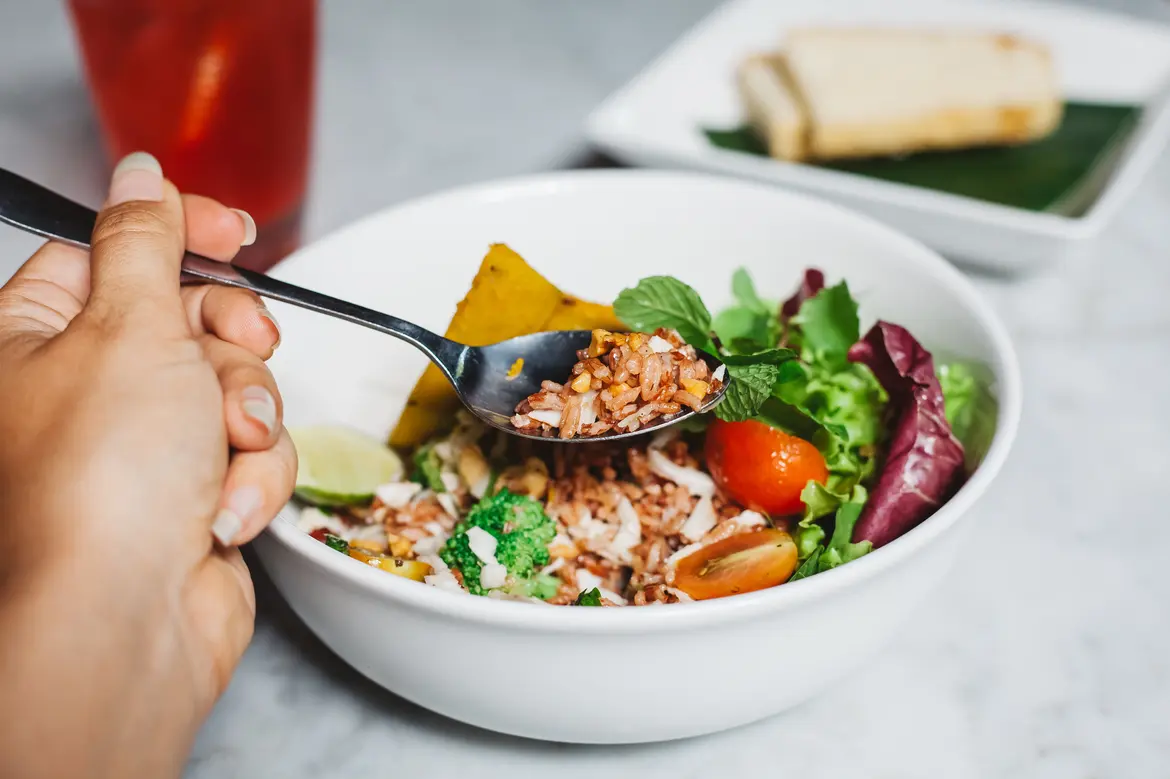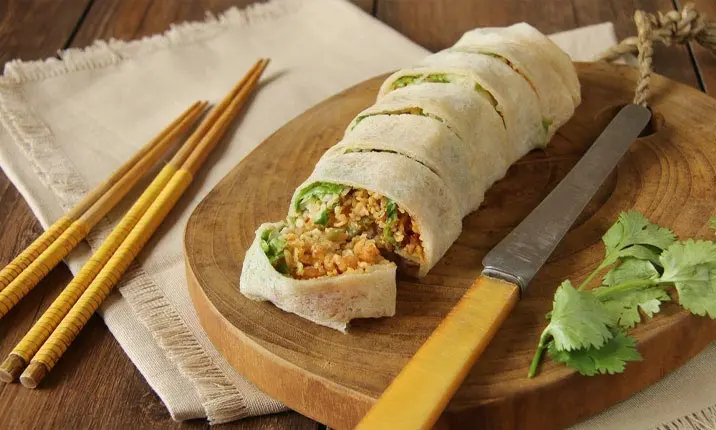Alefia Arshad Vasanwala
Dietitian


Source: Shutterstock
Dietitian
Do you struggle to find healthy snack options as a diabetic patient? Here are 9 dietitian-approved snacks that you can have on hand to quell your hunger pangs in a timely manner, preventing you from reaching out for that unhealthy snack.
When snacking, what you really want is to consume a good balance of complex carbohydrates, protein, fibre and unsaturated fat. By doing so, you will find yourself satiated over a longer period of time, and your blood sugar kept relatively stable. Of course, remember to not overeat. Consuming excessive carbohydrates will cause your blood sugar to spike. An ideal snack should contain between 15 – 20g of carbohydrates.
There are a great many ways to eat healthy and delicious foods. Start by making smarter food choices every day. If you find yourself struggling to come up with a sustainable diet that suits your taste buds and meets your health and lifestyle needs, try consulting a dietitian.
Unless you are allergic to nuts, you should definitely keep a bag of it on your desk. Nuts are not only delicious, but they are also full of good fat (monounsaturated fat), protein, and fibre, which makes them an excellent snack. The fibre helps you feel full on less, and being packed with protein, they help to stabilise your blood sugar.
Eating nuts also come with the added benefit of lowering your cholesterol and reducing your risk of heart disease because of the high content of good fat.
Take your pick from an extensive variety including walnuts, almonds, pecans, cashews and macadamia nuts. To spice things up, why not mix a variety of your favourite nuts for a tasty and wholesome treat? However, bear in mind that nuts are high in calories. Reach out for just a handful (roughly ¼ cup) of plain nuts when in need of a snack.
Jazz up cucumber, celery, carrot, broccoli or cherry tomatoes with some tantalising dips. There are a great number of healthful options for you to choose from – hummus, salsa, guacamole, yogurt, and even nut butters (stick to 1 – 2 tablespoons worth!). Paired with 1 cup of non-starchy vegetables, it makes for an easy but scrumptious snack.
Besides improving the taste of the vegetables, the dip consists of additional protein and fat to curb your hunger pangs and maintain your blood sugar.
Fruits are already delicious by themselves, but pairing them with cheese brings them to a whole new level of tastiness. To treat yourself, pair an in-season fruit with ½ cup of low-fat cheese for a luxurious snack. Include variety of fruits like refreshing apples, pears or wonderfully tart berries.
To snack smarter, remember to choose fruits that are smaller in size, or cut larger fruits in half. Also opt to eat the skin of the fruit when possible. For example, apple peels contain fibre and antioxidants, helping to lower cholesterol, reduce risk of heart disease, and lower the risk of diabetes complications.
Sometimes, all you really want is a cool and refreshing snack for a quick perk-me-up. Yoghurt is the perfect snack for those days. A great source of protein and calcium, it makes for a delightful snack.
A more fun way of having yoghurt would be to blend an individual serving of yoghurt with ½ a cup of blueberries, before freezing it to make a delicious dessert. Choose a low-fat or non-fat option.
Yoghurt, like most dairy products, has a low glycaemic index (a value to measure how much foods increase blood sugar levels), making it suitable for people with diabetes. Unsweetened and Greek-style yoghurt is low in carbohydrates and high in protein. This means it won't cause blood sugar spikes.
Yoghurt also contains good bacteria that have been shown to improve gut health and might be associated with lower levels of glucose and insulin resistance.
Go for yoghurts that are high in protein and contain no more than 5g of sugar or 15g total carbohydrates.
Nothing is better than a cup of hearty soup when it's raining outside and the office is at sub-zero degrees. Having a cup of clear vegetable or chicken broth would be satisfying not just to the body but to the soul as well. To prepare, simply simmer vegetables like onion, celery, broccoli and carrots in some vegetable or chicken stock. A small cup of this yummy goodness will fill you right up while loading you with fibre, controlling your blood sugar.
To enjoy it fully, sip on it slowly. It will keep you feeling full for longer as well.
One serving (½ cup) of beans will provide you with a substantial amount of carbohydrates, protein, fibre, and sometimes fat and antioxidants. If you're looking for a quick snack, have ½ a cup of edamame. If you're in the mood for something with more complex flavours, try preparing a large batch of black bean salad in advance. Simply combine black beans with diced cucumbers, diced tomatoes, and diced avocados. Season with fresh lime juice, garlic powder, herbs and pepper to your preference. Whenever you feel peckish, help yourself to ½ a cup of this refreshing salad.
Beans are a good addition to the diet of those with diabetes as they are low on the glycaemic index and also contain protein and fibre. A study found that eating more beans, lentils and other legumes helped people with diabetes stabilise their blood sugar levels and lower their risk of heart disease.
Another good snack that you can pre-make would be egg or tuna salad. If you're feeling particularly hungry, try having ½ cup of egg or tuna salad with 4 wholegrain crackers. The salads provide a good balance of fat and protein, and paired with wholegrain crackers, it will keep you feeling full for a longer period of time.
Eggs are an excellent choice for people with diabetes. This is because they are low in carbohydrates, and will therefore not raise your blood sugar. They are also high in protein and an excellent source of potassium, which supports nerve, muscle and cardiovascular health. However, owing to their high cholesterol content, people with diabetes should limit their egg consumption to 3 a week.
Tuna is also a great snack option for people with diabetes as it is high in protein and contains no carbs. Additionally, tuna is rich in omega-3 fatty acids, which help manage diabetes due to their ability to lower inflammation and improve sugar control.
At times, you may find that you have run out of healthy snacks when the hunger pangs strike. While it may be difficult to find wholesome snacks in nearby coffee shops, hawker centres, or malls, there are still a few great options that you can consider.
For example, why not get a nutritious and comforting cup of soy milk or a bowl of bean curd with soy milk? Opt for less or no sugar, of course! An added bonus: By replacing part of your animal-based protein food with plant-based food like soy, you may be able to reduce your risk of 2 of the biggest complications people with type 2 diabetes face – kidney disease and heart disease.

One piece of popiah has about 188 calories and 14g of carbs. It is also high in fibre with the addition of turnips and carrots.